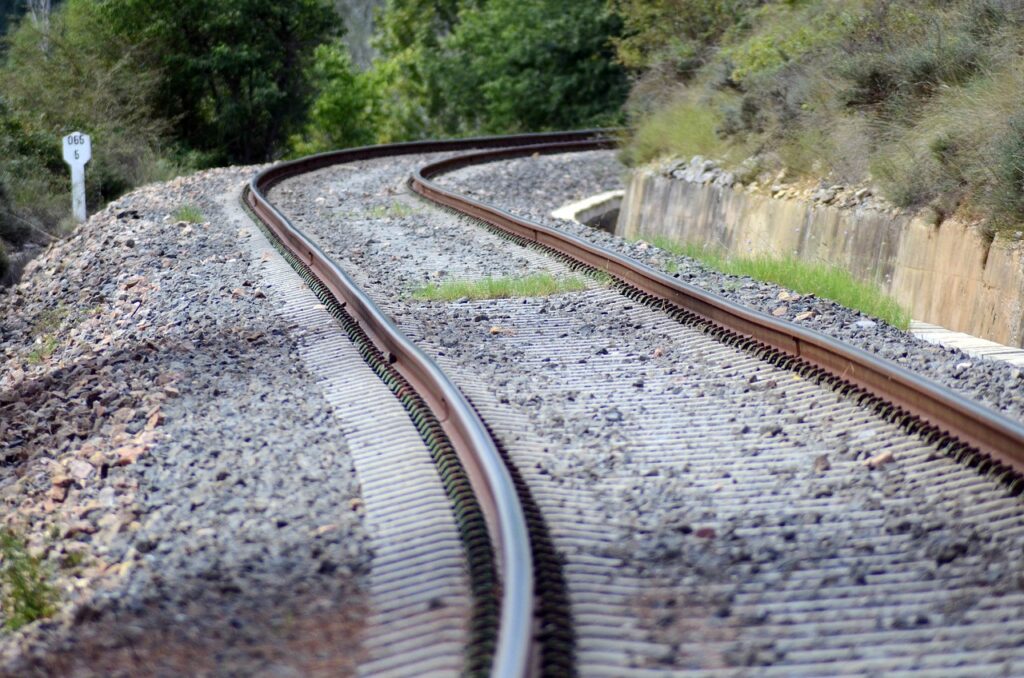China has launched its first commercially operated hydrogen-powered locomotive in the city of Liupanshui, Guizhou province—a strategic move aimed at decarbonizing short-haul coal transport while modernizing one of the country’s most carbon-intensive sectors.
The trial, which began this week, represents a significant technical and policy milestone for China’s hydrogen ambitions. According to the project’s management team, the locomotive is capable of hauling over 4,500 metric tons of freight, with a range of 800 kilometers on a single refueling session that takes only 15 minutes. The entire hydrogen supply chain is localized, with the fuel extracted from coke-oven gas at a cost roughly one-third that of hydrogen produced through traditional electrolysis.
While China has long been the world’s largest coal consumer, the rollout of hydrogen logistics infrastructure in a coal-rich city like Liupanshui underscores the country’s effort to align regional heavy industry with its broader dual-carbon strategy—peaking carbon emissions before 2030 and achieving carbon neutrality by 2060.
The locomotive is powered by a hybrid fuel-cell and lithium battery powertrain. The fuel cell system converts hydrogen directly into electricity to drive the train, while lithium-ion batteries recover braking energy and provide additional thrust for heavier loads. With a reported energy conversion efficiency of 80%—double that of conventional diesel engines—the train is particularly effective at high altitudes, where thin air compromises combustion engine performance. Project leaders noted the potential for deployment on routes like the Qinghai-Tibet Railway, where diesel locomotives struggle with oxygen scarcity.
The hydrogen locomotive is one component of a wider energy integration strategy in the region. In 2022, Liupanshui partnered with Meijin Energy to launch a “Coal-Coke-Hydrogen” industrial demonstration zone. Under this vertically integrated model, coal delivered by rail is coked on-site, and the resulting coke-oven gas is refined into high-purity hydrogen. That hydrogen is then used to fuel locomotives and a growing fleet of fuel cell trucks and buses. Saturday marked the ignition ceremony of the project’s second-phase furnace, an expansion that will bring annual output to 3.8 million tons of metallurgical coke and 40 million standard cubic meters of hydrogen.
In parallel, the region has begun integrating hydrogen into its road transport sector. One hundred heavy-duty hydrogen trucks and four 8.6-meter hydrogen buses have entered service. The buses are deployed on short urban routes, while the trucks operate along three designated corridors for bulk freight movement. These vehicles are expected to cut carbon emissions by more than 3,000 tons annually—an important contribution for a city with over 27,000 heavy vehicles transporting coal and construction materials daily.
Annual freight volumes are projected to reach 7 million tons, with a dedicated rail line handling more than half of this load. The hydrogen-powered logistics chain is expected to significantly reduce the city’s industrial carbon footprint while demonstrating a scalable model for other coal-intensive regions in China.
Stay updated on the latest in energy! Follow us on LinkedIn, Facebook, and X for real-time news and insights. Don’t miss out on exclusive interviews and webinars—subscribe to our YouTube channel today! Join our community and be part of the conversation shaping the future of energy.
